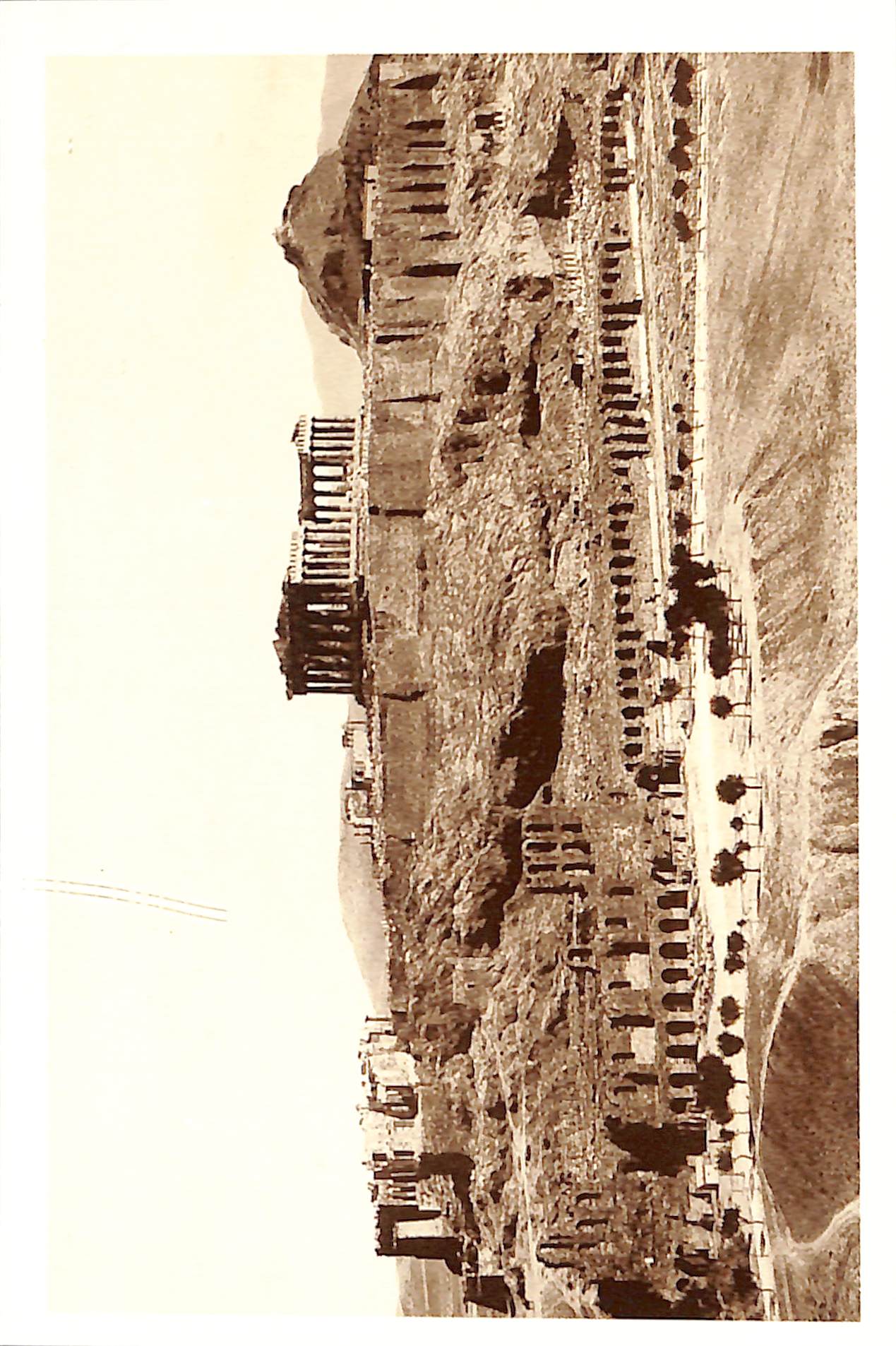
4/28/2025 4:36:18 PM
Herodes Atticus Odeon, Athens
The Herodes Atticus Odeon is located at the western end of the southern slope of the Acropolis of Athens. It was the third odeon built in Athens, following the Odeon of Pericles, also on the southern slope (5th century BC) and the Odeon of Agrippa in the Ancient Agora (15 BC). It had a seating capacity of 5,000 people. It was erected in the 2nd century AD, funded by Herodes Atticus, a member of a prominent Athenian family and a known benefactor, in memory of his wife Regilla, who passed away in 160 AD. The exact date of its construction is unknown, but it certainly took place between Regilla's death and 174 AD, the year the traveler Pausanias visited Athens and mentioned the monument with particular admiration. The Odeon was destroyed in 267 AD during the raid of the Heruli, who burned and ruined many buildings of ancient Athens. Unlike other ancient structures that were later rebuilt, the Odeon was never reconstructed. In later years, it was incorporated into the fortifications of the city. In 1826, during the siege of the Acropolis by the Ottomans, the French philhellene General Charles Nicolas Fabvier and his soldiers entered the Acropolis through the Odeon, delivering ammunition to the besieged Greek forces. Excavations at the site were carried out in the mid-19th century by archaeologist Kyriakos Pittakis. The monument was restored between 1952 and 1953 using marble from Mount Dionysos and, since 1957, it has served as a venue for cultural and artistic events. Pictured: View of the Acropolis from Philopappos Hill in 1878. In the foreground, the Odeon of Herodes Atticus.
©Municipal Photography Museum of Kalamaria ‘Christos Kalemkeris’.

